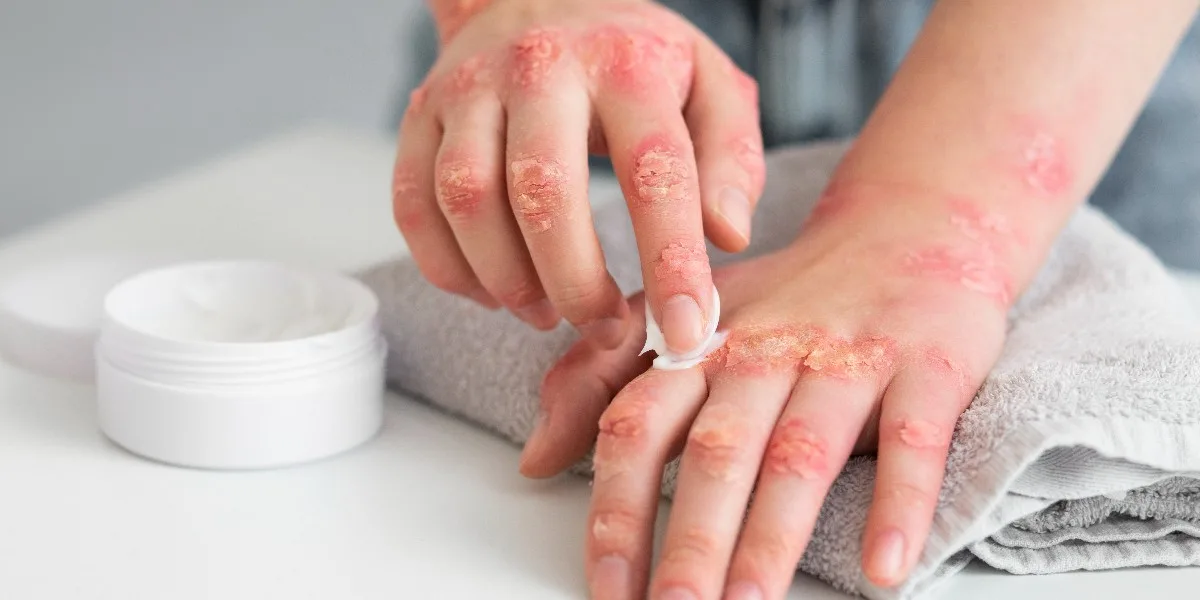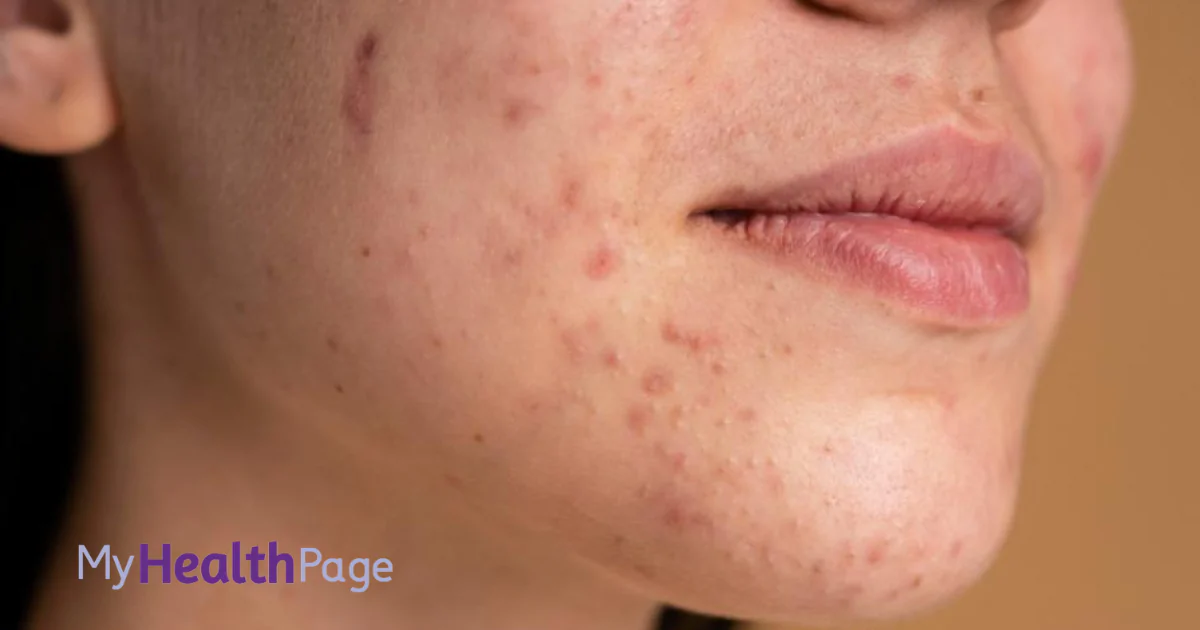What Is Melasma ?
Melasma is a common skin condition characterized by the appearance of brown or gray-brown patches on the face. It primarily affects areas of the skin that are frequently exposed to the sun, such as the cheeks, forehead, upper lip, and nose. While melasma is not harmful, it can have a significant impact on an individual’s appearance and self-esteem.
Understanding the Causes of Melasma
The development of melasma is influenced by several factors. Hormonal changes, particularly during pregnancy or when taking oral contraceptives, are known to trigger the condition. Sun exposure is another major factor, as ultraviolet (UV) rays stimulate melanocytes (the cells responsible for pigment production) to produce excess pigment. Genetic predisposition also plays a role, with individuals who have a family history of melasma being more susceptible. Additionally, certain medications, cosmetics, and even stress can contribute to the onset or worsening of melasma.
Who is at Risk?
Melasma is more common in women than men, particularly in those with darker skin tones such as those of Latin, Asian, or Mediterranean descent. These individuals have more active melanocytes, which makes them more prone to hyperpigmentation. Family history is another key risk factor, as melasma often runs in families. People living in areas with high sun exposure are also at an increased risk.
Symptoms and Characteristics of Melasma
Melasma is characterized by the appearance of irregularly shaped, dark patches on the skin, typically on the face. These patches are often symmetrical, with similar patterns appearing on both sides of the face. Unlike other skin conditions, melasma is not associated with pain or itching. The patches are purely cosmetic and vary in size and intensity.
Types of Melasma
Melasma is categorized into different types based on the depth of pigment in the skin:
- Epidermal melasma: The pigment is located in the superficial layers of the skin. This type is more responsive to treatment.
- Dermal melasma: The pigment is deeper within the skin, making it more challenging to treat.
- Mixed melasma: Involves both superficial and deep pigmentation.
- Indeterminate melasma: The depth of pigmentation is unclear, even with examination.
Diagnosis of Melasma
A dermatologist can typically diagnose melasma through a visual examination. To assess the depth of pigmentation, they may use a Wood’s lamp, which emits ultraviolet light to highlight the pigmentation pattern. This tool helps differentiate melasma from other skin conditions that may look similar, such as post-inflammatory hyperpigmentation or lentigines. A correct diagnosis is essential for guiding treatment.
Treatment Options for Melasma
Treatment for melasma often requires a combination of approaches:
- Topical treatments: Creams containing hydroquinone, retinoids, or corticosteroids are commonly used to lighten the skin. Hydroquinone is considered the gold standard for melasma treatment.
- Chemical peels: These involve the application of a chemical solution to exfoliate the top layers of the skin, promoting the growth of new, more evenly pigmented skin.
- Laser and light-based therapies: These treatments target deeper pigmentation and can be effective, especially for dermal melasma. However, they must be used cautiously to avoid side effects.
- Sun protection: Daily use of broad-spectrum sunscreen is essential in managing melasma, as UV exposure can worsen the condition. Protective clothing and hats can also help.
Lifestyle and Home Remedies
Managing melasma involves more than just medical treatments:
- Sun protection: The most crucial step is to protect the skin from UV rays. Use sunscreen with an SPF of 30 or higher, reapply it every two hours, and avoid direct sunlight during peak hours.
- Skincare routines: Gentle skin care products, including those with ingredients like vitamin C or niacinamide, can help improve skin tone. Avoid products that irritate the skin, as they can exacerbate melasma.
- Dietary and lifestyle adjustments: Some studies suggest that a diet rich in antioxidants may support skin health. Reducing stress through relaxation techniques like yoga or meditation can also be beneficial.
Coping with the Psychological Impact
While melasma is a physical condition, it can take an emotional toll. The visible nature of the condition can lead to feelings of self-consciousness or embarrassment. Seeking support from counseling services or joining a support group can be helpful. Building a skincare routine that improves the appearance of melasma and enhances overall skin health can also boost confidence.
Read also : Alopecia Areata : Causes, Symptoms, and Treatment
Disclaimer: The information provided here offers a general overview and is not a substitute for personalized guidance from your healthcare provider. It’s crucial to have a tailored management plan developed in collaboration with your healthcare professional. Regular check-ins with your healthcare provider for monitoring and any necessary adjustments are essential for maintaining optimal health.
Image by mego-studio on Freepik














